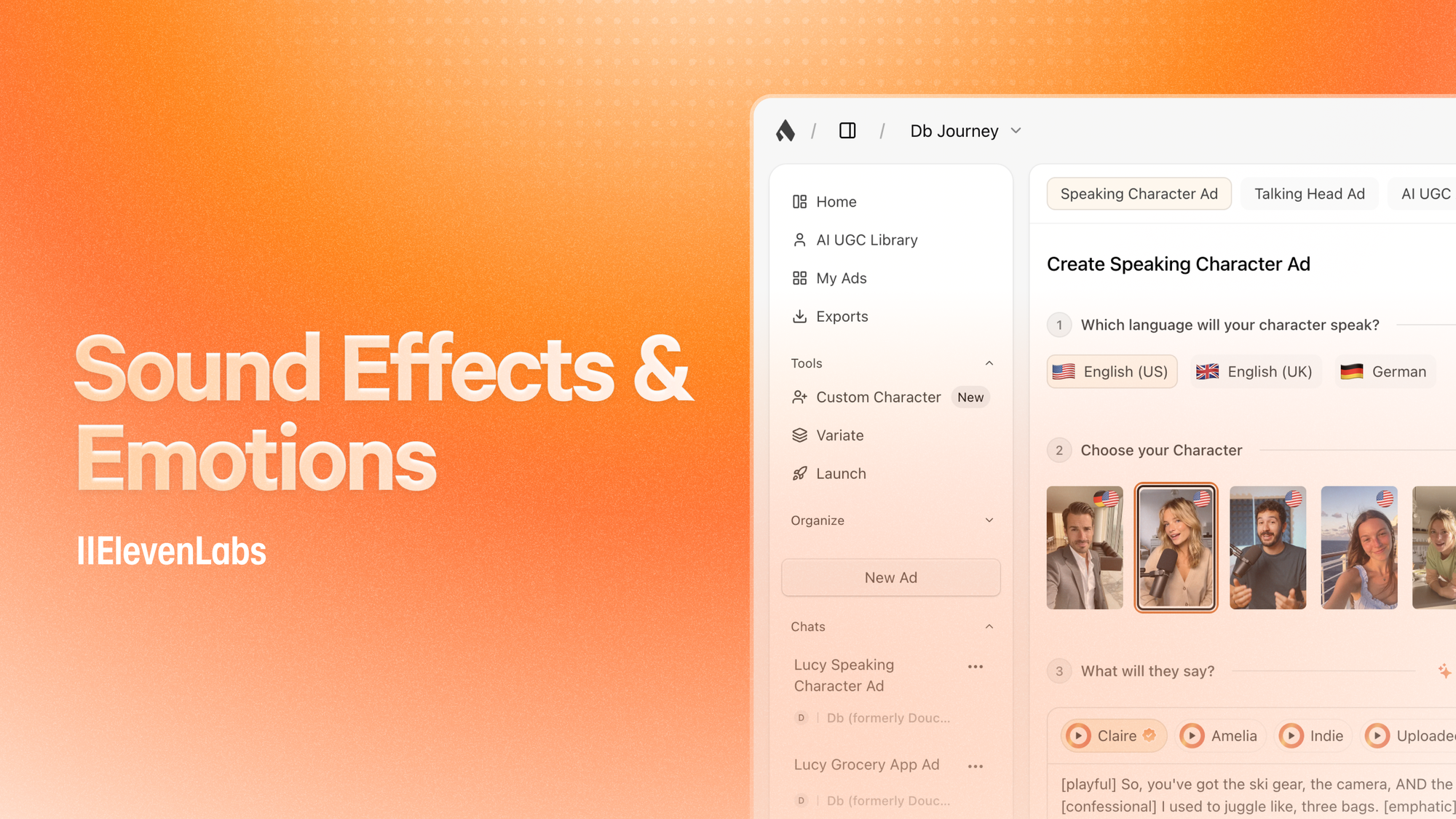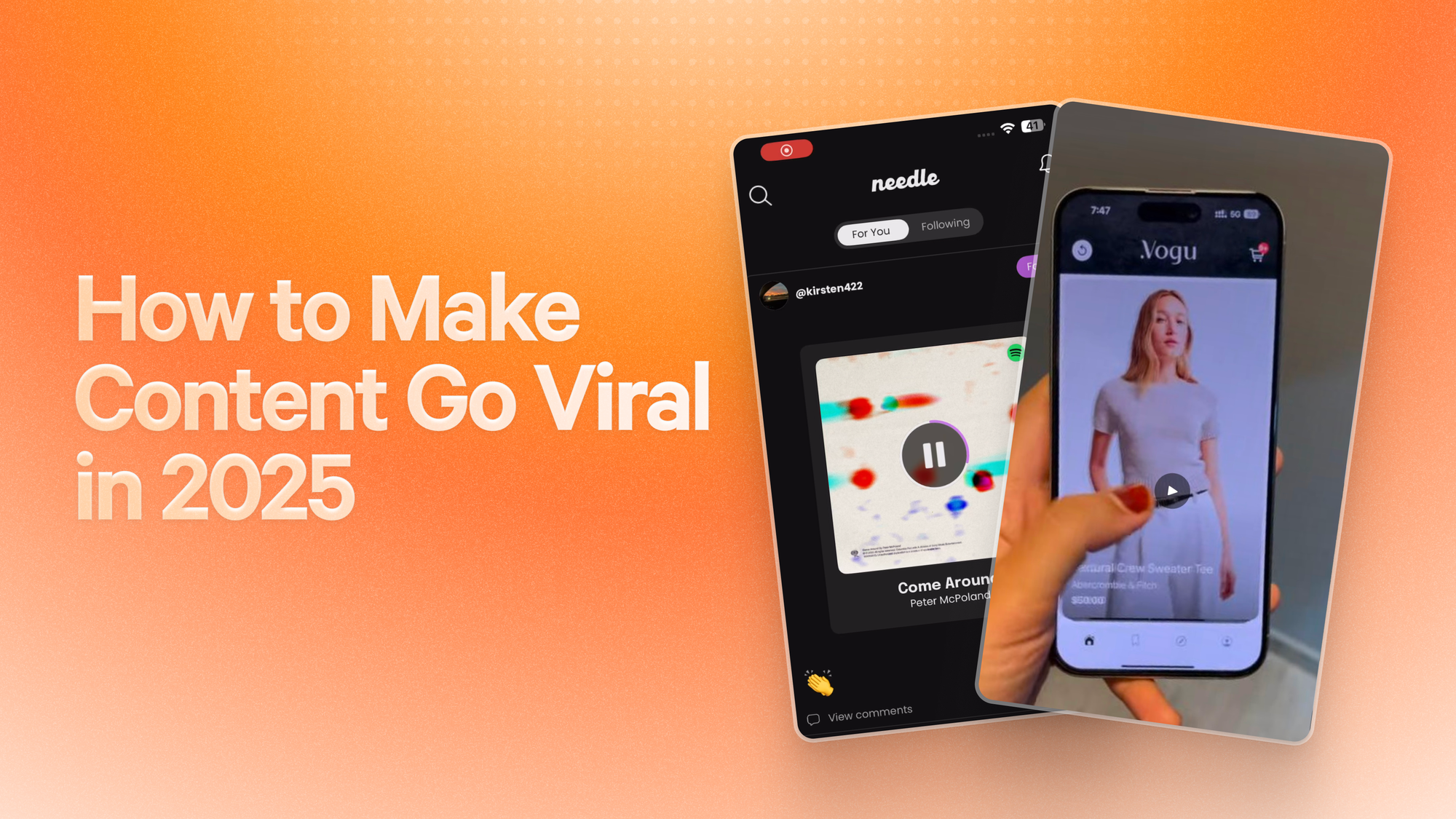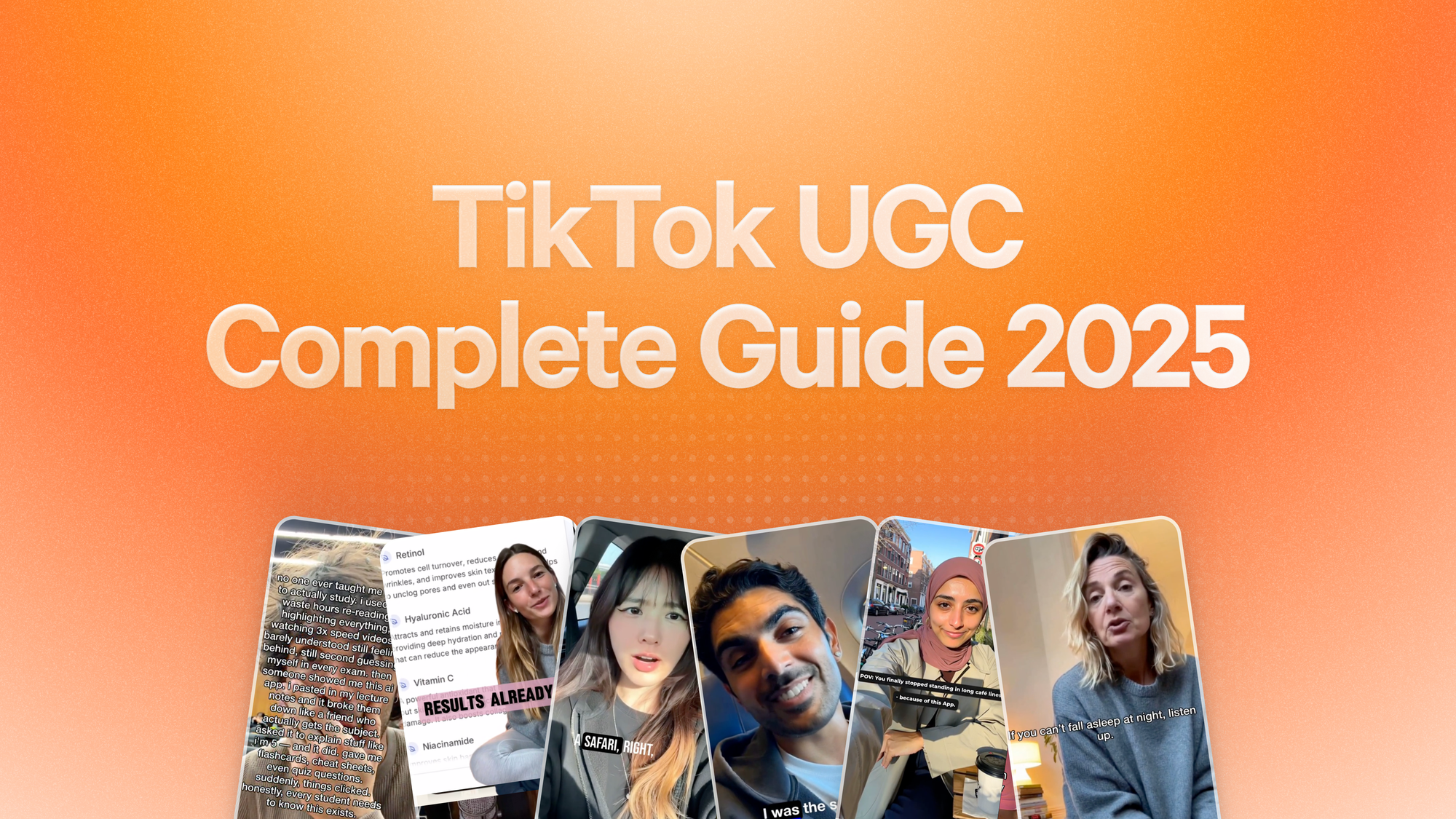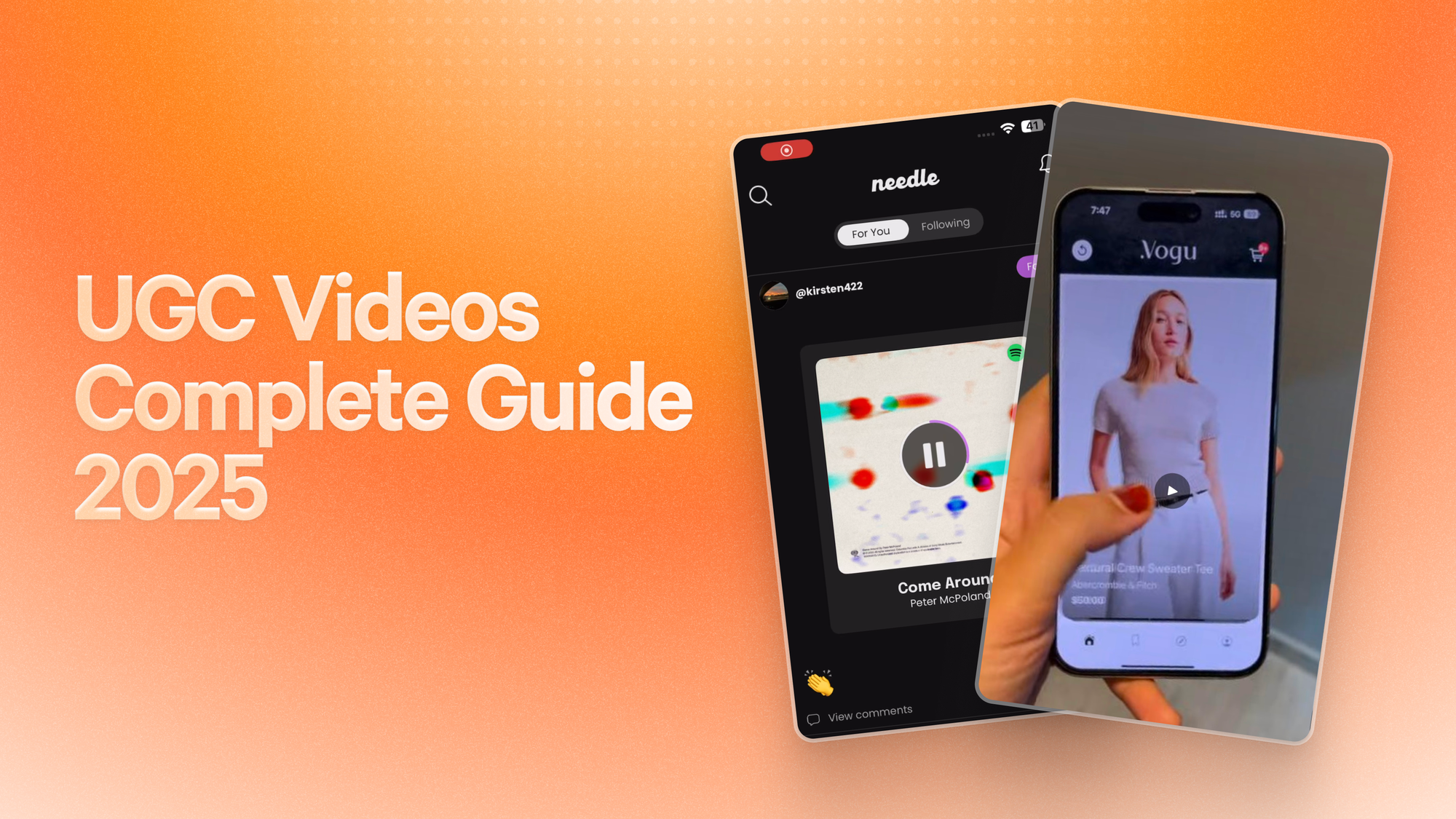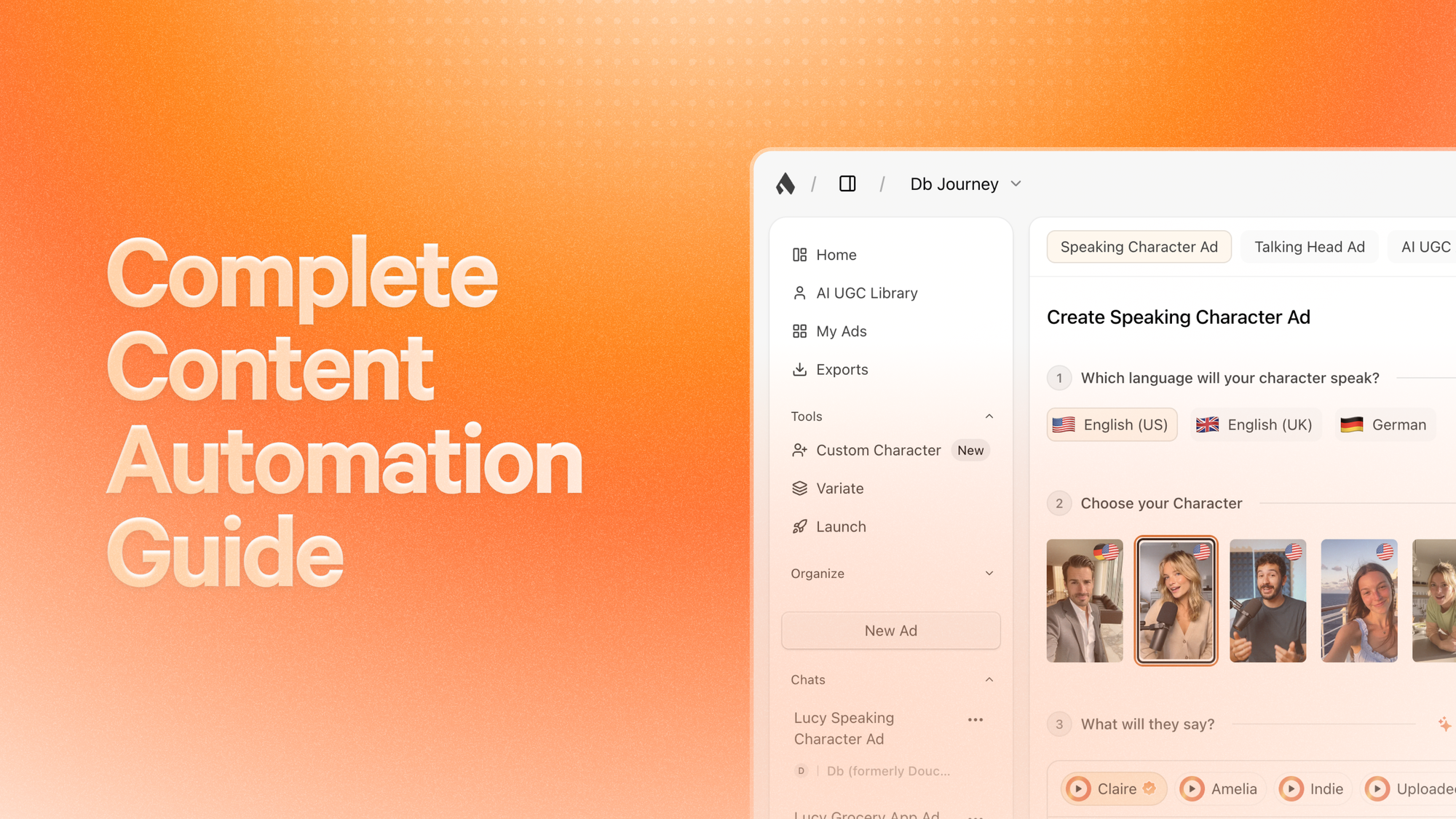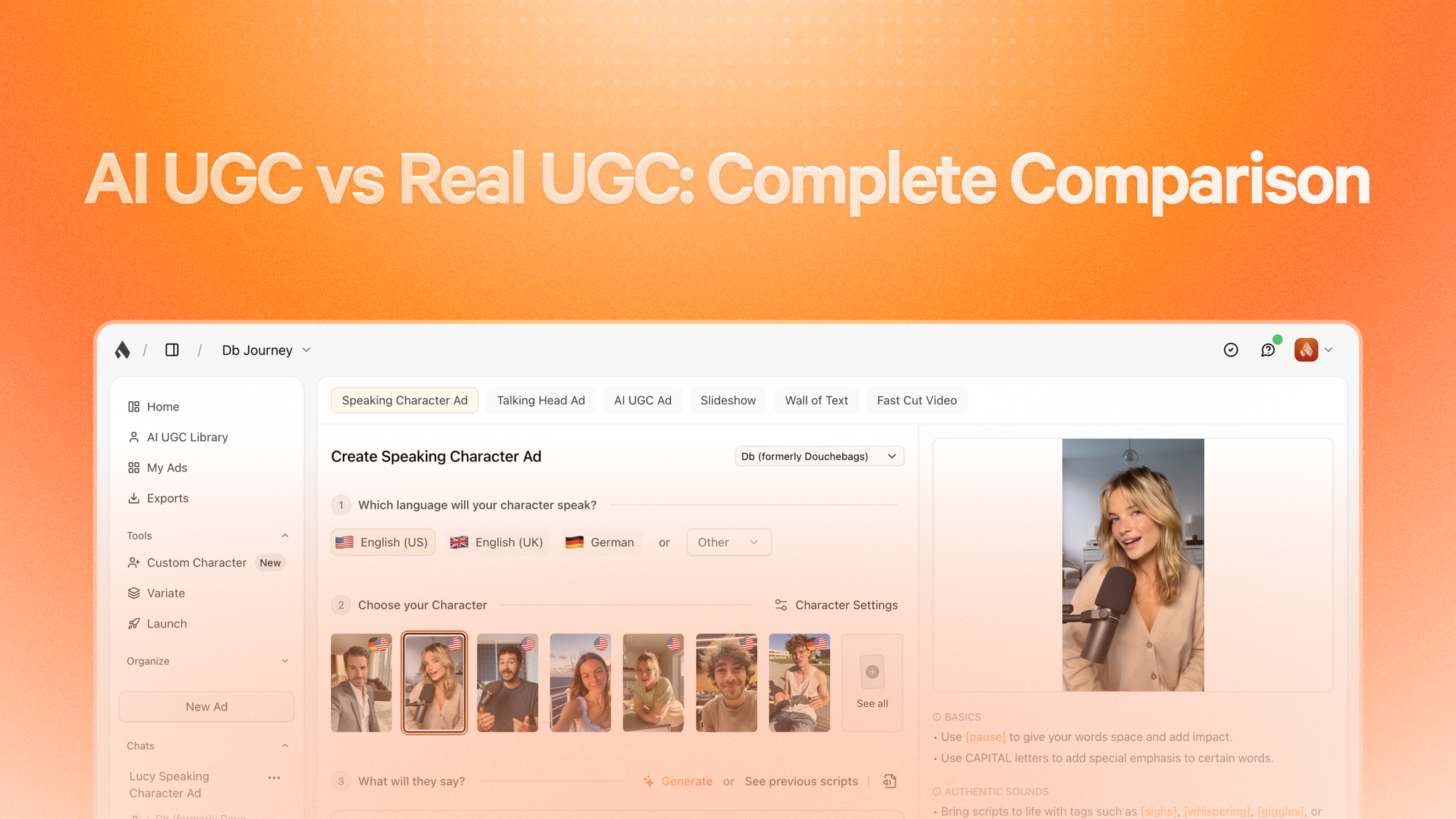Why Founder-Led Marketing Wins in 2025 - Examples & Strategy
When Brian Chesky posts about Airbnb features on his personal LinkedIn, the engagement rates dwarf the company account's performance significantly. Whitney Wolfe Herd turned rejection into billion-dollar validation by building Bumble's brand around her personal mission. These aren't isolated wins – they're proof that founder-led marketing has become the secret weapon for app growth in 2025.
#1: What Founder-Led Marketing Really Means
Founder-led marketing isn't just about posting occasionally on social media or giving interviews. It's a strategic approach where the founder's personal brand becomes the primary growth engine, driving awareness, trust, and conversions for their product.
At its core, founder-led marketing leverages the most powerful element missing from corporate content: human authenticity. When users connect with a real person behind a product, they're not just buying an app – they're joining a mission led by someone they know and trust.
The data backs this up decisively:
Employee accounts drive 30% of a company's LinkedIn post engagement, significantly outperforming corporate brand accounts.
The collective LinkedIn networks of employees are, on average, ten times larger than their company's follower base, and employee content receives eight times more engagement than brand channel content (Source here). For early-stage companies, this difference is even more pronounced. As one 2025 industry analysis noted, "companies with years worth of brand equity built up are the only corporate accounts that get significant engagement. For newer companies, company accounts alone aren't going to cut it."
This shift reflects a broader change in how consumers make decisions. Social media users increasingly "tune out" corporate accounts, seeking authentic connections instead. The trend is so pronounced that even established giants are embracing founder-led content. Airbnb runs all feature releases through Brian Chesky's personal account, and OpenAI saw peak engagement during its Sora launch from Sam Altman's tweets, not company channels.
Founder-led marketing works across three key dimensions:
- #1 First: it builds trust through vulnerability and transparency. Successful founders share struggles with anxiety, financial challenges, and failures alongside victories. This creates deeper emotional connections than polished corporate messaging ever could.
- #2 Second: it provides unmatched expertise and credibility. When a founder speaks about their industry, they're not just another marketer – they're the person who identified the problem, built the solution, and lives the challenges daily. This expertise translates directly into content that resonates with target audiences.
- #3 Third: it offers speed and agility that corporate marketing can't match. Founders can respond to trends, address concerns, and pivot messaging in real-time without navigating approval processes or brand guidelines. This responsiveness is crucial in fast-moving markets where timing often determines success.
This strategy works particularly well for apps because the mobile ecosystem already emphasizes personal recommendations and social proof.
Users discover apps through influencers, reviews, and personal recommendations more than traditional advertising. When the founder becomes the primary recommender of their own product, backed by authentic expertise and passion, it creates a powerful discovery and conversion funnel.
#2: Real Founders, Real Results
Melanie Perkins transformed rejection into a $26 billion success story through relentless founder-led marketing. After being turned down by over 100 investors, Perkins built her personal brand around transparency and persistence. Her LinkedIn features detailed insider perspectives on Canva's growth, sharing financial vulnerabilities and strategic decisions that are typically kept private. This openness created a community of supporters who felt invested in Canva's success.
→ The result: Canva grew from a rejected pitch to one of the world's most valuable private companies, with Perkins becoming a globally recognized thought leader in design and entrepreneurship (Source here).
Hesitant because you don’t want to step in front of the camera yourself?
Superscale lets you generate professional and authentic videos using AI creators – scale from 1 video per week to daily content without sacrificing product development time or authenticity. Start using Superscale right now to build your founder brand at scale !
Sahil Lavingia mastered the art of building in public, turning Gumroad's journey into a masterclass in founder-led content. Starting at age 19, Lavingia documented every aspect of building Gumroad, from early rejections to scaling challenges. He invested 40-50 hours creating single Medium posts, getting feedback from 40+ people to ensure quality. His book "The Minimalist Entrepreneur" further solidified his personal brand, driving continuous growth for Gumroad. Today, Gumroad processes millions in transactions, with much of its growth attributed to Lavingia's personal brand driving user acquisition and retention.
Pro Tip to build in public like Sahil: Share one specific metric from your business this week – whether it's user growth, revenue, or even failures. Transparency builds trust that converts to customers.
Whitney Wolfe Herd transformed personal adversity into billion-dollar brand positioning. After a difficult departure from Tinder amid public criticism, Wolfe Herd used her personal story of empowerment to build Bumble's brand. Her advocacy for women's empowerment wasn't just marketing – it was authentic personal mission translated into product features. When investors told her Bumble would fail because women wouldn't make the first move, she used those rejections as validation that the idea was ahead of its time. This personal branding approach helped Bumble differentiate in a crowded market, leading to her becoming the world's youngest self-made female billionaire when Bumble went public.
Daniel Ek revolutionized music consumption while building a personal brand around creativity and focus. Ek's approach includes blocking out significant time for uninterrupted thinking, even breaking social contracts by canceling meetings when "in the zone." This personal discipline philosophy, openly shared, positioned him as a thoughtful leader in the tech space. His focus on prioritization and creative thinking became part of Spotify's brand identity, helping establish the platform's reputation for innovation in the music industry.
The common thread across these success stories is
Authenticity backed by consistent value delivery.
These founders didn't just promote their products – they became thought leaders in their industries, sharing insights that helped others even when it didn't directly benefit their companies. This approach built trust that translated directly into business growth, customer loyalty, and investor confidence.
#3: Strategy for Founder-Led Marketing
X (Twitter) vs TikTok
The choice between X and TikTok for founder-led marketing depends on your audience, content style, and business model, but the data reveals distinct advantages for each platform.
X (Twitter)
- X dominates professional and B2B founder-led marketing. Despite recent platform changes, X maintains 103.9 million users in the United States as of 2025, with particularly strong engagement among tech professionals, investors, and industry influencers. The platform's real-time nature makes it ideal for sharing quick insights, engaging in industry discussions, and building thought leadership.
- Successful X strategies focus on consistent value delivery through threads, industry commentary, and behind-the-scenes insights. The platform rewards founders who can distill complex ideas into digestible insights. Tony, who built BlackMagic (a collection of Twitter tools) and sold it for $186,000, exemplifies this approach. His success came from understanding Twitter's mechanics and consistently providing value to the developer community.
X excels at reaching decision-makers and early adopters. The platform's culture encourages direct engagement, making it easier to build relationships with potential investors, partners, and power users. Nathan Barry, founder of ConvertKit, built his email marketing empire partly through X engagement, sharing insights about email marketing that attracted his target audience of creators and entrepreneurs.
TikTok
- Offers unmatched reach for consumer-facing founders, particularly those targeting younger demographics. With 1.59 billion monthly active users globally as of 2025, TikTok provides access to audiences that are increasingly difficult to reach through other channels. The platform's algorithm can provide explosive growth, with creators seeing significant month-over-month user growth when leveraging TikTok effectively.
- TikTok's engagement rates significantly outperform other platforms, averaging 2.50% in 2025 compared to Instagram's 0.50% and Facebook's 0.15% (Source here). TikTok maintains its position as the engagement powerhouse, consistently outperforming Instagram in engagement, especially when it comes to comments and shares.
So, how to start now?
Scale your founder presence across both platforms without doubling your workload.
Superscale transforms one founder insight into X threads AND TikTok videos using AI avatars that maintains your authenticity – no need for constant camera appearances or double content creation time. Start using Superscale right now to dominate both platforms simultaneously
The platform rewards authentic, entertaining content that doesn't feel overly promotional. Successful founder-led TikTok strategies focus on storytelling, behind-the-scenes content, and educational material that showcases expertise while entertaining viewers. The key is maintaining authenticity while adapting to TikTok's fast-paced, visual format.
What to keep in mind:
- #1: Content format differences are crucial. X rewards concise, insight-heavy content that can be quickly consumed and shared. Threads allow for deeper exploration of topics while maintaining the platform's quick-consumption model. TikTok requires visual storytelling, with successful content falling between 15 seconds to 3 minutes and maintaining viewer attention throughout.
- #2: Audience intent varies significantly between platforms. X users often seek information, industry insights, and professional networking opportunities. They're more likely to engage with content that provides business value or career advancement. TikTok users prioritize entertainment and discovery, making them more receptive to creative product demonstrations and personality-driven content.
- #3: Cross-platform strategies work best for comprehensive reach. Many successful founders use X for building industry credibility and professional relationships while leveraging TikTok for broader brand awareness and customer acquisition. The key is adapting content format and messaging for each platform's unique culture and user expectations.
- #4: Measurement approaches differ substantially. X success is often measured through engagement quality, follower growth in target demographics, and direct business leads generated. TikTok success focuses on reach, engagement rates, and brand awareness metrics. Both platforms require consistent posting schedules, but TikTok demands higher visual production values and trend awareness.
The most effective founder-led strategies choose the primary platform based on target audience location and business model, then adapt content for secondary platforms to maximize reach without diluting focus.
#4: Weekly Content Planning System
Successful founder-led marketing requires systematic content planning that maximizes impact while minimizing time investment. The most effective founders use structured approaches that turn one core idea into a week's worth of multi-platform content.
- #1: Start with batch content creation. Research shows that weekly or monthly batching significantly outperforms daily content creation for consistency and quality. Successful founders like Sahil Lavingia invest 40-50 hours in single pieces of content, but they batch this intensive work into focused sessions rather than spreading it across daily posting.
- #2: Build around content pillars. Effective founder-led content strategies focus on 3-4 core themes that align with business objectives and personal expertise. These might include industry insights, behind-the-scenes building, customer success stories, and thought leadership on broader business topics. Each piece of content should ladder up to at least one pillar, ensuring coherent personal brand development.
- #3: Define your content pillars today, then scale them efficiently. What are the 3-4 topics you could talk about for hours? Those are your content pillars – and Superscale can help you turn each pillar into dozens of videos across every platform. Start using Supercale right now to build systematic content around your expertise without burning out.
- #4: Use the 90-10 value rule. The most successful founder-led content provides 90% value and promotes products only 10% of the time. This ratio builds trust and authority that makes the occasional promotion significantly more effective. David Perell's Write of Passage success demonstrates this approach – his educational content about writing builds an audience that naturally converts to his course offerings.
- #5: Implement the one-to-many content strategy with AI acceleration. Create one substantial piece of content weekly, then let Superscale adapt it across platforms automatically. Transform a single insight into LinkedIn videos, Twitter threads, TikTok content, and more – all maintaining your authentic voice and visual consistency. Start using Superscale right now to maximize reach without multiplying your workload.
- #6: Schedule strategically using platform-specific timing. Content calendars should account for each platform's peak engagement times and user behavior patterns. X performs best during business hours and current events, while TikTok sees higher engagement during evening leisure hours. Successful founders use tools like Notion for content planning and Meta Business Suite or Hootsuite for scheduling.
- #7: Plan quarterly themes with weekly execution. The most effective content calendars balance long-term strategic themes with short-term tactical flexibility. Plan content themes quarterly to align with business objectives, product launches, and industry events. Execute weekly with specific posts that advance quarterly goals while remaining responsive to current trends and opportunities.
- #8: Track performance systematically. Successful founders monitor engagement rates, follower growth in target demographics, and conversion metrics from content to business outcomes. If educational content outperforms promotional content, increase educational focus. If Twitter engagement exceeds LinkedIn, allocate more resources to Twitter content creation.
- #9: Create feedback loops for continuous improvement. The best founder-led content strategies include systematic feedback collection from audience engagement, direct messages, and business outcomes. Use this feedback to refine content topics, formats, and posting frequency. Ryan Hoover's success with Product Hunt came partly from continuously refining content based on community response.
- #10: Maintain authenticity while scaling systematically. As founder-led content strategies grow, the challenge becomes maintaining personal authenticity while increasing posting frequency and reach. Successful founders solve this by focusing on their unique insights and experiences that can't be replicated by marketing teams, while using systems and tools to handle distribution and scheduling.
#6: Balancing Personal Brand with Product Growth
The most successful founder-led marketing maintains clear alignment between personal brand development and product growth objectives, creating synergy rather than competition between these goals.
- #1: Define overlapping value propositions. Your personal brand should amplify your product's core value, not distract from it. Melanie Perkins' personal brand around democratizing design directly reinforces Canva's mission, creating reinforcing loops where personal brand growth drives product awareness and vice versa. The key is identifying themes where personal expertise and product benefits naturally align.
- #2: Establish clear content boundaries. Successful founders set guidelines for what personal content serves business objectives versus purely personal sharing. While authenticity requires some personal elements, every post should ultimately advance business goals, whether through audience building, thought leadership, or direct product awareness.
- #3: Create value beyond product promotion. The most effective founder-led marketing provides industry insights, educational content, and thought leadership that would be valuable even if the founder's product didn't exist. This builds trust and authority that makes occasional product mentions significantly more effective than constant promotion.
- #4: Use personal story to illuminate product mission. Whitney Wolfe Herd's personal experiences with workplace harassment directly informed Bumble's women-first approach, creating authentic connection between founder story and product positioning. When personal narrative naturally explains why the product exists, it creates compelling founder-led marketing that feels genuine rather than manufactured.
- #5: Measure integrated success metrics. Track how personal brand growth translates into business outcomes through follower conversion rates, qualified leads from content, and customer acquisition cost improvements from founder-led channels. The goal is proving that personal brand investment delivers measurable business returns.
- #6: Scale through systems, not replacement. As companies grow, the temptation is to transition from founder-led to corporate marketing. The most successful strategies instead build systems that amplify founder-led approaches while maintaining authenticity. This might include content teams that help with research and formatting while keeping the founder's voice, or social media management that handles scheduling and community management while preserving direct founder engagement.
The ultimate goal is creating a sustainable approach where personal brand growth and product success mutually reinforce, building both founder influence and business value simultaneously.
Frequently Asked Questions About Founder-Led Marketing
How much time should founders dedicate to personal branding daily?
Successful founders typically spend 30-60 minutes daily on personal branding activities, but batch this time effectively. Rather than constant posting, focus on 2-3 high-quality pieces per week with strategic engagement. Pieter Levels and Ryan Hoover demonstrated that consistent, valuable content trumps high frequency.
Can introverted founders succeed with founder-led marketing?
Absolutely. Some of the most successful founder-led marketing comes from introverted founders who focus on written content, educational materials, and behind-the-scenes insights rather than video content. Sahil Lavingia and Daniel Ek both built strong personal brands without being naturally extroverted, focusing on thoughtful written content and strategic public appearances.
What's the biggest mistake founders make with personal branding?
Over-promotion. Founders who constantly pitch their products see poor engagement and audience fatigue. The 90-10 rule (90% value, 10% promotion) exists because it works. Build trust through consistent value delivery, then leverage that trust for occasional product mentions.
Create UGC-style founder content that builds authentic personal brand without the camera stress. Superscale.ai generates natural-looking videos that sound exactly like you speaking – build trust through consistent valuable insights without the time burden of traditional video production. Start using Superscale.ai right now to turn your expertise into engaging content that viewers experience as completely authentic.
How do you handle negative feedback on personal content?
Successful founders use negative feedback as content opportunities, addressing concerns transparently and showing how they handle criticism. Whitney Wolfe Herd turned rejection and criticism into core brand messaging about overcoming adversity. The key is responding professionally while staying true to your message.
Should co-founders all build personal brands simultaneously?
It's more effective to have one co-founder lead personal branding while others focus on product development, then potentially expand. Multiple founder voices can dilute messaging and confuse audiences about company leadership. Identify which co-founder has the strongest natural content creation skills and industry credibility.
How do you maintain authenticity while scaling content creation?
Focus on content that only you can create based on your unique experiences and insights. Superscale.ai handles the distribution and formatting while maintaining your personal voice and perspective in every piece of content. Start using Superscale.ai right now to scale your personal brand beyond your time limits while keeping every video authentically yours – the insights, voice, and personality remain 100% genuine.
Ready to build your founder-led marketing strategy? The most successful founders start with consistent value delivery, then systematically scale their personal brand to drive sustainable business growth. Superscale.ai lets you test your message across formats quickly and turn one idea into a week's worth of content – start using Superscale.ai right now to build systems that amplify your unique founder perspective while you focus on growing your business.





